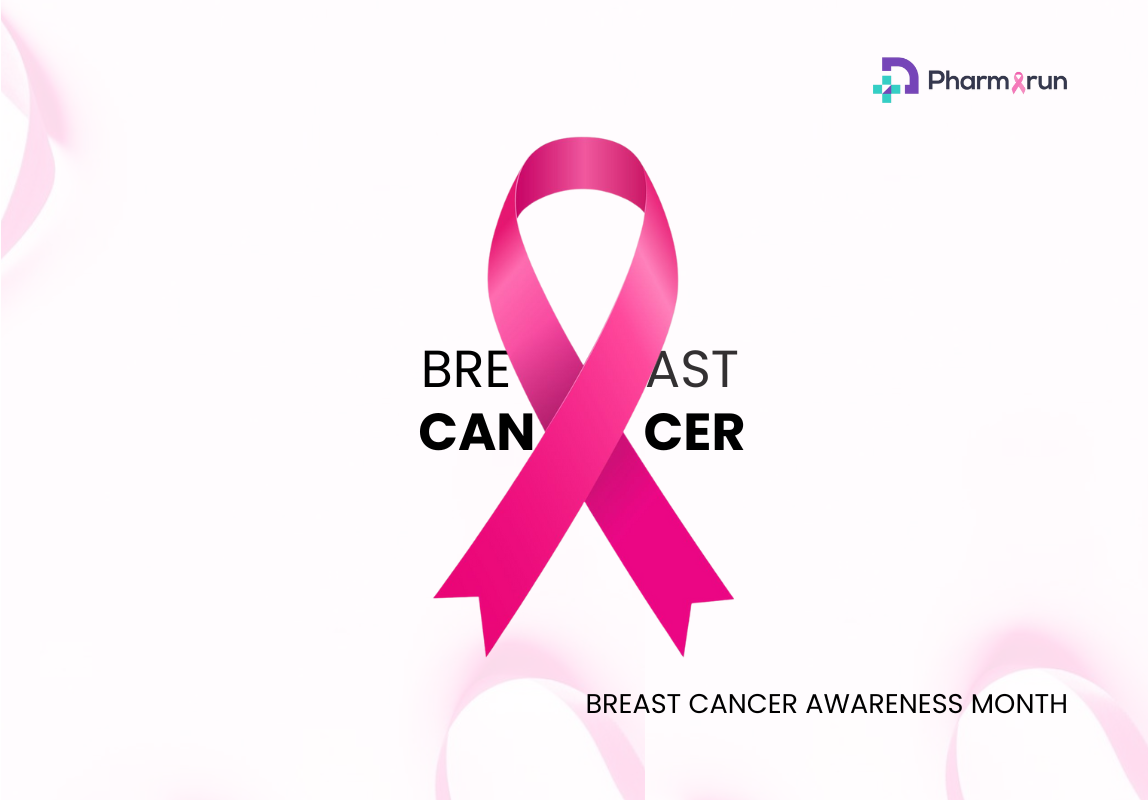Bryan Randall, Sandra Bullock's Companion, Passes Away Following a 3-Year Battle with ALS - All you need to know about this Condition.

Bryan Randall, the longtime companion of Sandra Bullock, has passed away at the age of 57 due to amyotrophic lateral sclerosis (ALS), a condition commonly known as Lou Gehrig's disease.
According to an announcement provided to People magazine, Randall's family revealed that he lost his life on a Saturday, following a three-year-long battle with ALS. The family's statement conveyed that Bryan had made the decision early on to keep his struggle with ALS a private matter.
Here is all you need to know about this condition:
What is Amyotrophic Lateral Sclerosis ALS?
Amyotrophic lateral sclerosis (ALS), also referred to as Lou Gehrig's Disease, is a rare neurological disorder that affects the motor neurons. These are the nerve cells located in the brain and spinal cord responsible for directing voluntary muscle actions, such as those needed for activities like chewing, walking, and speaking. The condition worsens over time, with no known cure or effective method to halt its advancement.
ALS belongs to a category of motor neuron diseases. As motor neurons deteriorate and perish, they cease transmitting messages to the muscles, leading to muscle weakening, twitching (known as fasciculations), and gradual muscle wasting (atrophy). Eventually, the brain loses its capability to initiate and manage voluntary movements.
Symptoms and Causes of ALS Disease
Early signs are:
- Muscular discomfort
- Spontaneous muscle contractions in the arm, leg, shoulder, or tongue
- Muscle debilitation affecting an arm, a leg, the neck, or the diaphragm
- Muscles feeling taut and rigid (spasticity)
- Challenges in both chewing and swallowing
- Speech becoming indistinct and nasally
As the ailment advances, the weakening and wasting of muscles extend to other regions of the body. More complications that may emerge include:
- Feelings of anxiety and depression, as those affected by ALS usually retain their cognitive faculties, memory, comprehension, and awareness of the gradual deterioration of their bodily functions
- Difficulties in masticating food and swallowing (dysphagia)
- Impaired speech or articulation (dysarthria)
- Occurrence of muscle cramps and neuropathy (nerve damage or disorder)
- Gradual loss of the ability to stand, walk, independently get in or out of bed, or employ the hands and arms
- Breathing difficulties (dyspnea); individuals with ALS will eventually require ventilatory assistance due to the loss of independent breathing capability
- Struggles in maintaining weight and vulnerability to malnourishment
Although less frequent, individuals with ALS might also:
- Encounter language or decision-making issues
- Develop a type of dementia as time elapses

Causes of ALS Disease
Underlying factors contributing to ALS are:
- Genetic Influence: Approximately 10% of ALS cases a hereditary element, where a risk gene is inherited from a family member. This variant is termed hereditary ALS. In most instances of hereditary ALS, offspring have a 50% chance of inheriting the gene from their parents.
- Age Dynamics: The risk of developing ALS rises with age, peaking around the ages of 60 to the mid-80s. Age up to 75 is associated with a progressively increasing susceptibility.
- Gender Disposition: Before the age of 65, ALS appears to affect slightly more men than women. However, this gender disparity diminishes after reaching the age of 70.
- Environmental Influences: Certain environmental factors have been linked to an elevated ALS risk. These include:
- Smoking: Substantial evidence indicates that smoking is an environmental element that heightens the risk of ALS. Notably, post-menopausal women who smoke seem to face a particularly higher risk.
- Exposure to Environmental Toxins: Some indications propose a correlation between ALS risk and exposure to substances like lead or other elements found in workplaces or homes. Although significant research has been conducted, no single chemical or agent consistently associates with ALS.
- Military Service: Research indicates a heightened ALS risk among individuals who have served in the military. The exact triggers within military service leading to ALS remain uncertain. Factors could include exposure to specific metals or chemicals, occurrences of traumatic injuries, viral infections, or periods of intense physical exertion.
Tips for preventing the ALS disease in Older Adults
1. Avoid Smoking
Compounds like nitric oxide in cigarette smoke can inflict damage on neurons, heightening the vulnerability to Lou Gehrig's disease. The chemicals in tobacco products can give rise to free radicals. Older adults need to steer clear of smoking, be it cigarettes, cigars, or other tobacco items.
2. Boost Bone Strength and Balance
Brain damage arising from falls could raise the likelihood of ALS in your loved one. The loss of motor function due to motor neuron demise resulting from brain damage is possible. Encourage exercises to bolster bone strength and balance. It is important to prevent falling as much as possible for older adults.
3. Healthy Eating
Incorporate Omega-3 Fatty Acids into your diet. Include foods like salmon, nuts, and vegetables in their diet as they can lower the risk of Lou Gehrig's disease. These foods contain omega-3 fatty acids that regulate oxidative stress, inflammation, and offer protection against brain degeneration.
4. Strengthen the Immune System
Chronic stress, inadequate sleep, and an unhealthy diet can weaken the immune system, potentially leading to Lou Gehrig's disease. A compromised immune system might prompt the demise of healthy nerve cells. Ensure you keep your immune system strong as an Older Adult.
5. Avoid Exposure to Harmful Substances
Exposure to toxins and radiation can contribute to the development of ALS in older individuals. If radiation therapy is a consideration, consult your doctor about potential alternatives.
Other Facts About this Disease
- Reversing motor neuron damage or achieving a cure for ALS remains unattainable through treatment. Nonetheless, treatments can enhance the quality of life while living with the ailment.
- There's a slight predilection for ALS to affect males more often than females.
- ALS does not impede one's capacity to experience taste, touch, smell, or hearing. Typically, respiratory failure is the primary cause of mortality among ALS patients, occurring within a span of three to five years from the initial symptom manifestation. It's worth noting, however, that around 10 percent of individuals grappling with ALS manage to endure for a decade or longer.
Lastest bants
Stories, facts and bants on this journey to ensuring access to medication for Africa
Download Pharmarun today!
Get started with us today by using our delivery service. Also, be one of the first to experience our unique healthcare platform.





